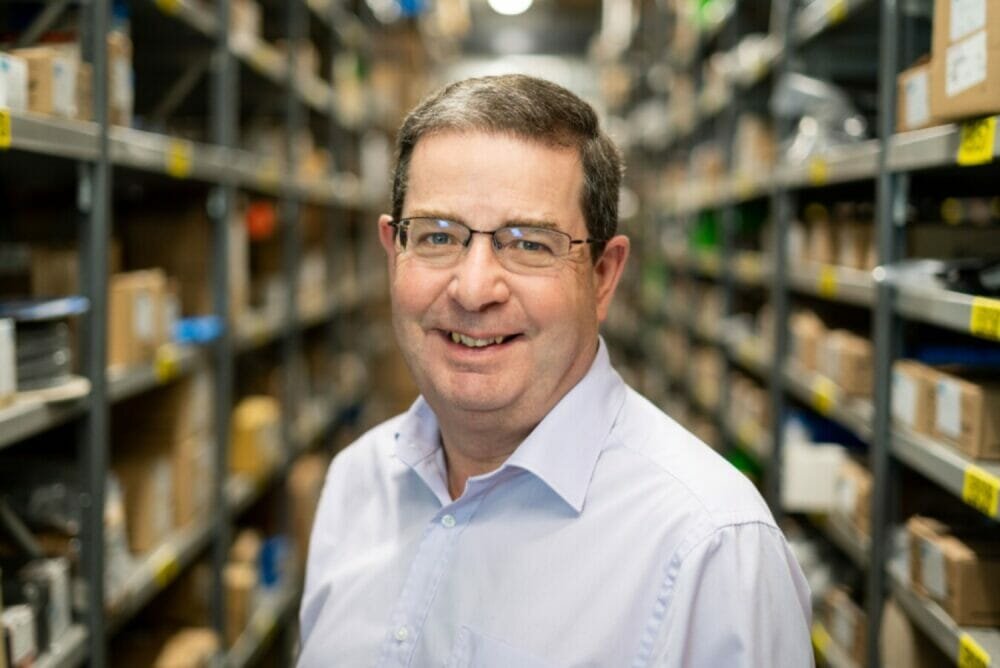The Juno space probe uses over 60 different springs to perform three major functions; to open the doors to the solar panels, to guarantee the doors remain latched during flight and to position the arms it uses to measure Jupiter’s structure. Of course, it’s not just in space probes where projects require springs with very specific requirements.
Here Simon Ward, technical manager at leading supplier TFC, the leading supplier of Smalley wave springs, answers some questions about designing wave springs.
What is a wave spring?
An alternative to the traditional coil spring, wave springs are produced from pre-hardened flat wire and formed to a precise diameter with a sinusoidal wave form. When loaded, this means that they can act like a spring by deflecting and providing a pre-load between two surfaces. Therefore, wave springs can be used to pre-load seals or bearings, absorb shock and compensate for dimensional variations and thermal tolerances.
How are wave springs manufactured?
Wave springs are manufactured by coiling flat wire on edge, known as edgewinding. This process increases design flexibility and reduces the lead-time for bespoke designs. It also ensures that prototype batches are manufactured in the same way as production parts, so any prototype or pre-production testing can be considered valuable production data.
With edgewinding, only the required flat wire material is coiled, eliminating material waste. The circular-grain metallurgy also improves strength, and the cold rolling process causes metal grains to elongate and lock together, which provides good mechanical properties.
TFC’s engineers also use a No Tooling-Cost™ process, which reduces production times and allows any modifications at the prototype stage to be made quickly and easily. Therefore, this process can help provide an economical custom option in weeks, not months.
What types of wave springs are there?
There are five main types of wave springs, each with distinct features that determine spring performance under load. These include Crest-to-CrestTM wave springs, which have a multi-turn flat wire design and are suitable for low-medium forces. For low deflections, you can use overlap and gap-type wave springs, whereas Nested and Wavo® springs are typically used for higher forces. Finally, linear springs are formed in a straight line and are another in the wave spring family.
Can I change the spring rate?
You can change the thickness of your wire and the wave form to achieve the required spring rate for any given application. Most wave springs are manufactured using carbon spring steel or 17-7 PH as a standard material, but the choice is up to you.
You can also alter the number of waves per turn and the number of turns. For instance, if you need a light duty spring for a smaller application, you can use thin wire or remove waves from your design. Single turns are best suited for applications with low to medium forces. For high force and precision, manufacturers can consider a nested wave spring with multiple turns.
What sizes are available?
Wave springs are available in a vast number of diameters. The smallest off-the-shelf wave spring is typically around 5 mm and, at the other end, bespoke sizes can be manufactured up to about 3 m.
If a designer can’t find an off-the-shelf size that suits their application, they can order a custom solution that meets their exact requirements.
What materials can I use?
There are several options and your choice is often determined by the required temperature and corrosion resistance. Common materials include 302 and 316 stainless steel, which can withstand temperatures of up to 200 degrees Celsius. For applications with elevated temperatures, 17-7 Ph/C stainless steel has a maximum recommended temperature of 343 degrees Celsius. For extreme low temperatures, like those found in cryogenic systems, 300 series stainless steels or Nickel alloys are generally preferred.
Corrosion can also cause springs to fail, so designers will consider whether the environment is corrosive before specifying a material. 316 stainless steel offers high corrosion resistance because of its molybdenum content and is often used in sea water applications. If the environment is highly corrosive, high performance alloys like Inconel and Elgiloy are specifically designed for such a surrounding.
When designing a wave spring, TFC accounts for dimensional constraints, the desired load/deflection characteristics, cycle life demand and operating environments and temperatures. Each of these factors will determine your choice of materials and, therefore, the final design of the spring.
TFC’s engineers are on hand to design custom wave springs for all applications. Visit https://www.tfc.eu.com/ or call 01435 866011 to speak to a member of our design team, who will gladly work with you.




